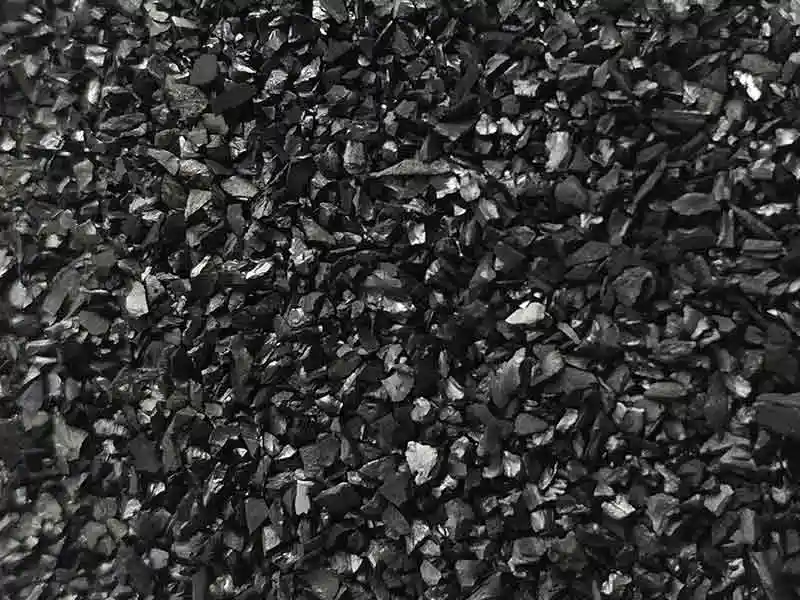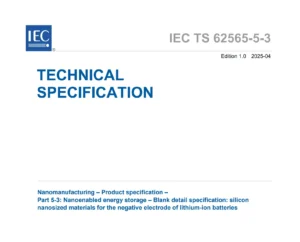Table of Contents
- Introduction
- What is Activated Carbon?
- How Activated Carbon Works in Water Treatment
- Applications in Water Treatment Facilities
- Forms of Activated Carbon Used
- Benefits of Using Activated Carbon
- Maintenance and Considerations
- Conclusion
- FAQs
Introduction
Clean water is essential for health, industry, and the environment. Water treatment facilities employ various methods to ensure water safety, and among these, activated carbon filtration stands out for its effectiveness in removing a wide range of impurities.
What is Activated Carbon?
Activated carbon, also known as activated charcoal, is a form of carbon processed to have a vast surface area and porous structure. This configuration allows it to adsorb contaminants effectively, making it invaluable in water purification.
How Activated Carbon Works in Water Treatment
The primary mechanism by which activated carbon purifies water is adsorption. As water passes through activated carbon filters, contaminants adhere to the carbon’s surface, effectively removing them from the water stream.
Applications in Water Treatment Facilities
1. Drinking Water Purification
Activated carbon is widely used to remove:
- Organic Compounds: Such as pesticides, herbicides, and industrial solvents.
- Chlorine and Chloramine: Used in disinfection but can impart unpleasant tastes and odors.
- Disinfection Byproducts (DBPs): Including trihalomethanes (THMs) formed during chlorination.
- Pharmaceuticals and Personal Care Products (PPCPs): Emerging contaminants of concern.
By removing these substances, activated carbon enhances the safety and palatability of drinking water.
2. Wastewater Treatment
In industrial and municipal wastewater treatment, activated carbon helps in:
- Eliminating Toxic Organic Compounds such as phenols and solvents.
- Reducing Chemical Oxygen Demand (COD), improving water quality before discharge.
- Removing Odorous Compounds to enhance the environmental acceptability of effluents.
3. Process Water Treatment
Industries utilize activated carbon to purify process water, ensuring:
- Consistency in Product Quality by removing impurities that could affect manufacturing processes.
- Protection of Equipment by preventing fouling and corrosion caused by contaminants.
Forms of Activated Carbon Used
Granular Activated Carbon (GAC)
GAC consists of larger particles and is commonly used in fixed-bed filters. It is effective for continuous flow systems and is often employed in municipal water treatment plants.


Powdered Activated Carbon (PAC)
PAC has finer particles and is typically added directly to water. It is used for targeted contaminant removal and is effective in treating taste and odor issues.
Benefits of Using Activated Carbon
- High Adsorption Capacity: Efficiently removes a broad spectrum of contaminants.
- Improves Taste and Odor: Eliminates substances that cause unpleasant sensory properties.
- Versatility: Applicable in various treatment stages and adaptable to different water qualities.
- Eco-Friendly: Can be regenerated and reused, reducing waste.
Maintenance and Considerations
Regular maintenance is crucial to ensure the effectiveness of activated carbon filters:
- Monitoring Saturation Levels to determine the appropriate time for replacement or regeneration.
- Preventing Microbial Growth to ensure filters are kept clean and safe.
- Proper Disposal or Regeneration of spent carbon to prevent environmental contamination.
Conclusion
Activated carbon plays a pivotal role in water treatment, offering a reliable solution for removing various contaminants. Its application enhances water quality, ensuring safety for consumption and use across different sectors. By understanding its functions and maintaining the systems properly, facilities can achieve optimal performance in water purification.
FAQs
Q1: How often should activated carbon filters be replaced?
The replacement frequency depends on usage and contaminant levels but generally ranges from every few months to a year.
Q2: Can activated carbon remove heavy metals from water?
While activated carbon is effective against many organic compounds, it is less effective for heavy metals. Specialized treatments are recommended for metal removal.
Q3: Is activated carbon safe for drinking water applications?
Yes, activated carbon is safe and widely used in drinking water treatment to remove contaminants and improve taste and odor.
Q4: Can activated carbon be regenerated?
Yes, spent activated carbon can often be regenerated through thermal or chemical processes, restoring its adsorption capacity.
Q5: What determines the choice between GAC and PAC?
The choice depends on specific treatment goals, system design, and the nature of contaminants present in the water.
Article Keywords: Activated carbon water treatment, Granular activated carbon (GAC), Powdered activated carbon (PAC), Water purification methods, Contaminant removal in water, Improving water taste and odor, Wastewater treatment solutions, Drinking water safety, Activated carbon filtration, Water treatment technologies





